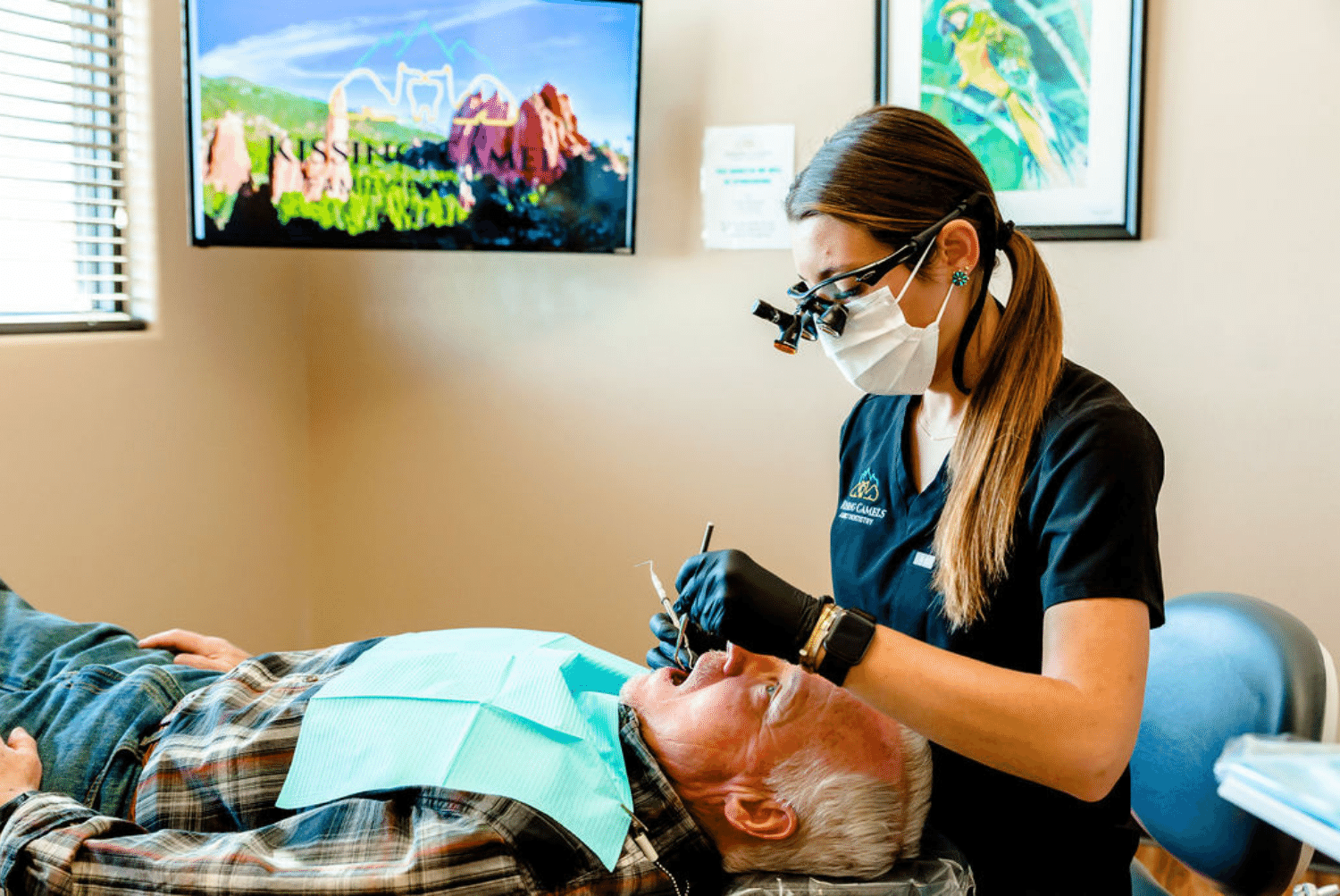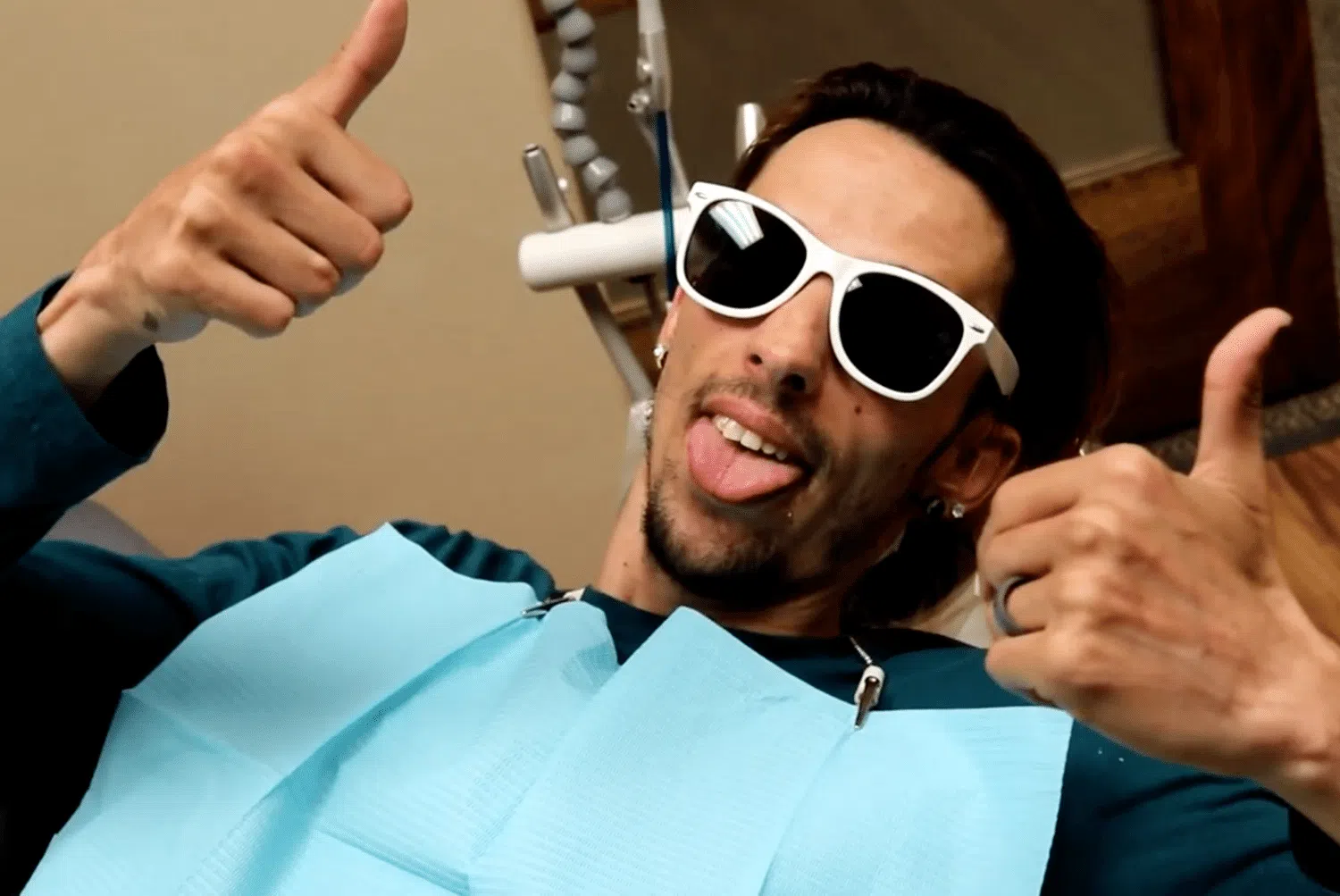Healthy teeth are so important to your overall health that even minor tooth decay and the resulting pain can be extremely distressing, particularly if you can’t figure out where it’s coming from. Cavities and other dental problems can often be seen. Still, a dead tooth is not always visible in its early stages. Overall, it’s best to visit your Colorado Springs dentist as soon as possible before things worsen. Read below to learn more about the signs of a dead tooth.
What Is A Dead Tooth?
A tooth is made up of several layers: enamel, dentin, and pulp. To remain viable, teeth need a constant blood supply to the pulp, which is the innermost part of the tooth and is made up of nerves and blood vessels. When the blood flow to the pulp is cut off, the tooth begins to die due to a lack of vital nutrients and oxygen. A non-vital or necrotic tooth is another name for this dental problem. If left untreated, it would most likely become infected. In these cases, the patient will likely experience a tooth abscess, and the tooth will ultimately fall out if untreated, says Dr. Cody Boals and Dr. Alexa Johnson.
Causes
Tooth Decay: Cavities may form due to a lack of good oral hygiene habits, allowing bacteria to access the pulp over time. Healthy tooth pulp can resist infection for as long as possible, but the longer the inflammation lasts, the more likely the tooth will become necrotic.
Tooth Trauma: Physical damage to the tooth may occur unexpectedly and for various causes, including participation in a contact sport or a fall in which the mouth or face is hurt. If you don’t seek emergency dental care, a dead tooth may occur.
In general, this is the sequence of events that leads to a tooth being non-vital:
- A cavity begins to enter a tooth.
- Dental injury occurs.
- Infection caused by breaks or cracks in the tooth.
- Bacteria are combated by healthy pulp.
- Swelling and pressure develop, resulting in pain.
- The tooth nerve is deficient in nutrients and oxygen.
- Blood supply to the tooth is decreased or completely stopped, resulting in a necrotic tooth.
Signs of a Dead Tooth
There are two key signs to search for if you think you have a dead tooth:
Tooth Pain: The first sign of a dead tooth is generally discomfort in and around the tooth. The pain can range from mildly annoying to unbearable. The inflammation and swelling within the tooth placed pressure on the periodontal membrane, the delicate nerve tissue around the base of the tooth.
Tooth Discoloration: A dying or dead tooth changes colors due to a lack of blood flow, which is similar to bruising. As it dies, the tooth will change color, going from yellow to gray and finally black.
If the tooth becomes more infected or abscessed, you can experience additional symptoms such as:
- Periodontal swelling around the tooth
- Bad taste in your mouth
- Bad breath
- Inflammed/sore gums
It is important to obtain prompt and effective care for a dying or dead tooth because there are measures that can be taken to save the tooth or prevent it from being infected potentially. Your Colorado Springs dentist will take x-rays to assess the extent of the damage within the tooth so that a repair plan can be developed.
Treatment
Tooth Extraction: Early treatment can help to avoid extraction, but if the tooth cannot be saved, it must be extracted to prevent infection spread. Tooth extractions are a common procedure that can be completed easily and with minimal discomfort. After your dentist in Colorado Springs extracts the tooth, you have a few choices for replacing it later. Our friend Dr. Wade, a dentist in Pinellas Park, FL, says that most offices will recommend a dental implant or a dental bridge to help prevent additional dental problems down the road.
Root Canal Therapy: The operation entails a thorough cleaning of the interior of a tooth to extract contaminated tissue or abscesses and the scraping of the pulp, and cleaning of the tooth canals. If the tooth is no longer alive, it can still be useful if it is not damaged. A dead tooth is fragile and can easily chip and crack. Therefore a dental crown may be required to add strength and support to the tooth.
Contact a Colorado Springs Dentist
Now that you’ve read the Signs of a Dead Tooth, you should better understand what to look out for. If you are experiencing any of the above, please contact Kissing Camels Family Dentistry before the problem worsens. Our dental office is a judgment-free zone. We genuinely care about our patients and want everyone to have optimal oral health. Give us a call to schedule your appointment today.







